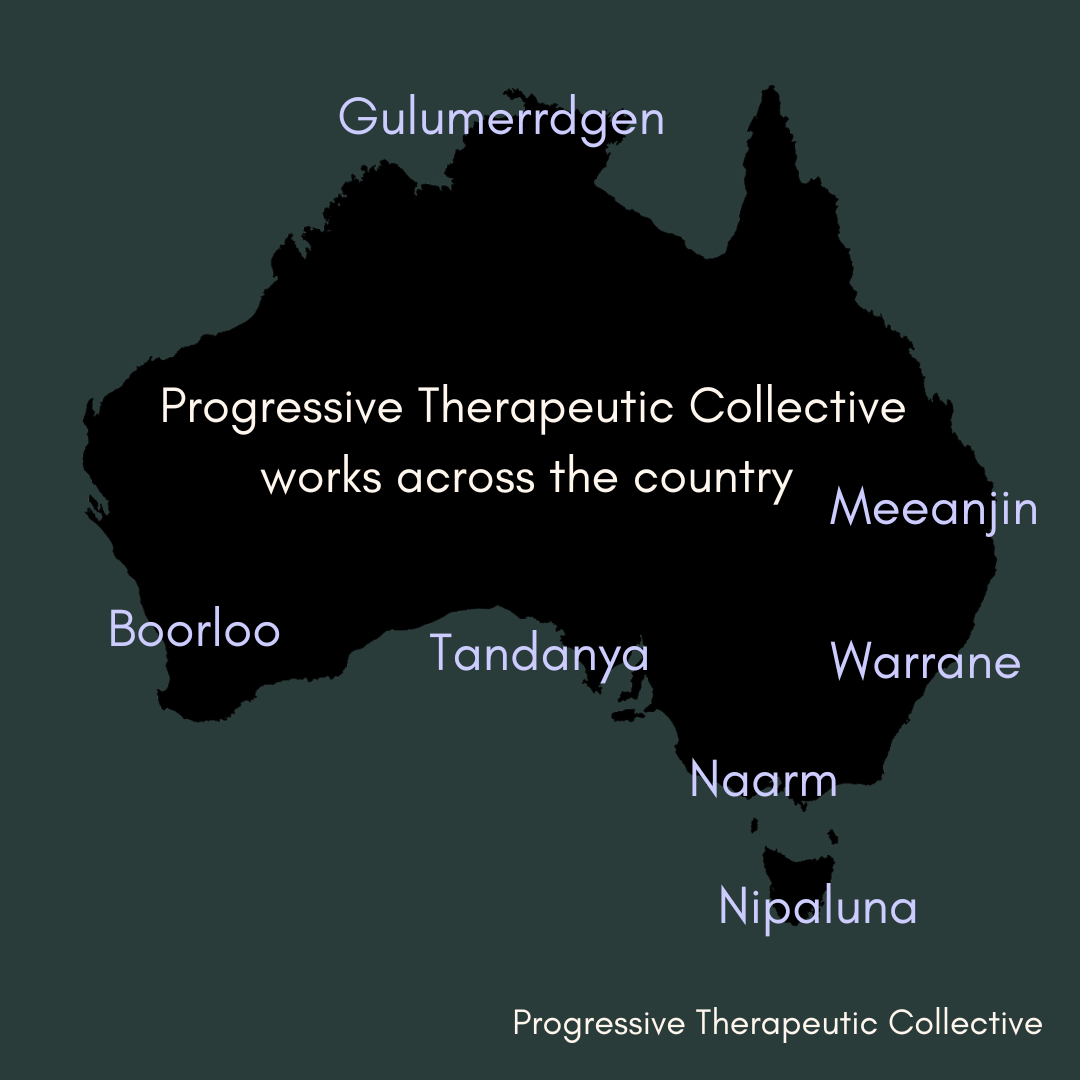Navigating Breakups in Non-Monogamous Communities
Breakups are a challenging experience, regardless of the relationship structure. For people in non-monogamous communities, breakups can be particularly complex, often involving multiple relationships, overlapping social networks, and unique emotional dynamics. However, navigating breakups thoughtfully can be an opportunity for personal growth and transformation, as well as a chance to foster resilience within communities.
The Unique Nature of Breakups in Non-Monogamy
In non-monogamous communities, relationship configurations can vary greatly—from hierarchical structures such as primary/secondary relationships to non-hierarchical polyamory where all relationships are considered equal. The complexity of these configurations influences how breakups unfold. Unlike in monogamous relationships, ending a connection in non-monogamy doesn’t always mean a complete severance from one’s partner, metamours, or social circle. Relationships can be “restructured” rather than ended entirely, transforming romantic connections into friendships or redefining boundaries (Sheff, 2021).
The emotional complexity in non-monogamous breakups also arises from the presence of metamours—the partners of one’s partner. Breakups in this context can affect metamour relationships, creating ripple effects that necessitate careful and compassionate communication. Addressing these dynamics honestly can be key to maintaining community cohesion and individual well-being (Kis & Neumann, 2023).
Strategies for Navigating Non-Monogamous Breakups
1. Clear and Compassionate Communication
Clear communication is essential during breakups in non-monogamous relationships. A breakup conversation should prioritise transparency, recognising the emotions and boundaries of all parties involved. It is also crucial to discuss with one’s metamours, especially if the relationship dynamics will change. Providing space for honest communication can prevent misunderstandings and lessen the emotional fallout (Turan & Humphries, 2022).
2. Reassessing Boundaries and Expectations
During a breakup, reassessing boundaries is vital. Non-monogamous relationships often involve emotional or sexual entanglements that can persist after the breakup. Defining the parameters of post-breakup relationships can help individuals establish boundaries that respect their emotional needs and those of others in their polycule. For instance, some people may choose to maintain friendships or engage in communal activities, while others may need space to heal (Arnett, 2021).
3. Managing Community Dynamics
Non-monogamous communities can be tightly knit, with partners, metamours, and friends often overlapping within the same social spaces. Following a breakup, maintaining community connections can be challenging. It can be helpful to negotiate how social events will be managed—such as establishing agreements about shared spaces and community gatherings to ensure everyone’s comfort (Labriola, 2023).
Importantly, community members also play a role in supporting individuals going through a breakup. Holding space for emotions, refraining from gossip, and maintaining neutrality are all ways in which community members can contribute to a healthy environment during a breakup (Kis & Neumann, 2023).
4. Emotional Support and Processing
Breakups are inherently emotional, and in non-monogamous settings, multiple layers of emotional processing may be required. Seeking emotional support from other partners or metamours can be helpful, but it is important to respect their boundaries and emotional capacity. Establishing emotional self-care practices—such as journaling, therapy, or mindfulness—can provide additional means to process grief and transition healthily (Arnett, 2021).
Therapists specialising in non-monogamy can be invaluable during this period, as they understand the intricacies of multiple relationships and can provide appropriate guidance. The availability of peer-support groups within non-monogamous communities also offers a platform for shared experiences and healing (Turan & Humphries, 2022).
5. Recognising Growth and Resilience
Breakups, although difficult, are often opportunities for growth. In non-monogamous contexts, they can foster personal resilience by encouraging individuals to reflect on relationship dynamics, personal needs, and boundaries. Viewing breakups as a transformation rather than a failure can also help individuals navigate the transition from romantic involvement to friendship or to a non-romantic community role (Labriola, 2023).
Avoiding Common Pitfalls
Despite best efforts, breakups in non-monogamous contexts can become challenging if not navigated with care. Common pitfalls include avoiding difficult conversations, failing to respect boundaries, and relying too heavily on other partners for emotional support. To mitigate these issues, it is important for individuals to be mindful of their emotional landscape, seek external support when needed, and remember that each partner's autonomy must be respected throughout the process (Sheff, 2021).
Another potential pitfall is the feeling of competitiveness or fear of "replacement," which can arise in non-monogamous configurations. Cultivating a mindset of compersion—taking joy in a partner's happiness with others—can help alleviate these feelings, though it is important to acknowledge that compersion takes time and emotional work to develop (Kis & Neumann, 2023).
Conclusion
Navigating breakups in non-monogamous communities requires careful attention to communication, boundaries, community dynamics, and emotional self-care. While the unique structure of non-monogamous relationships can complicate breakups, it also offers opportunities for transformation and growth. With thoughtful navigation, individuals can move forward in ways that respect all involved, fostering resilience and maintaining community connections.
Ultimately, recognising that breakups are not necessarily a failure but a natural evolution of relationships can create a more positive perspective for all members of non-monogamous communities. By supporting one another through the process and honouring each individual’s emotional needs, non-monogamous communities can continue to thrive, even in the face of transitions.
References
Arnett, J. L. (2021). Reevaluating Emotional Boundaries: Post-Breakup Dynamics in Non-Monogamous Relationships. Journal of Relationships and Society, 34(2), 127-139.
Kis, A., & Neumann, T. (2023). The Ripple Effect: Breakups, Metamours, and Emotional Health in Non-Monogamous Networks. Polyamory and Mental Health Review, 10(1), 45-61.
Labriola, C. (2023). Community Cohesion and Relationship Transitions in Polyamorous Groups. Journal of Social and Relational Dynamics, 22(3), 219-232.
Sheff, E. (2021). Restructuring Relationships: Breakup Narratives in Non-Monogamous Communities. Journal of Sexual and Relational Diversity, 19(4), 98-112.
Turan, E., & Humphries, S. (2022). Navigating Breakups in Consensually Non-Monogamous Relationships: A Practical Approach. The International Journal of Relationship Studies, 15(2), 178-195.

